

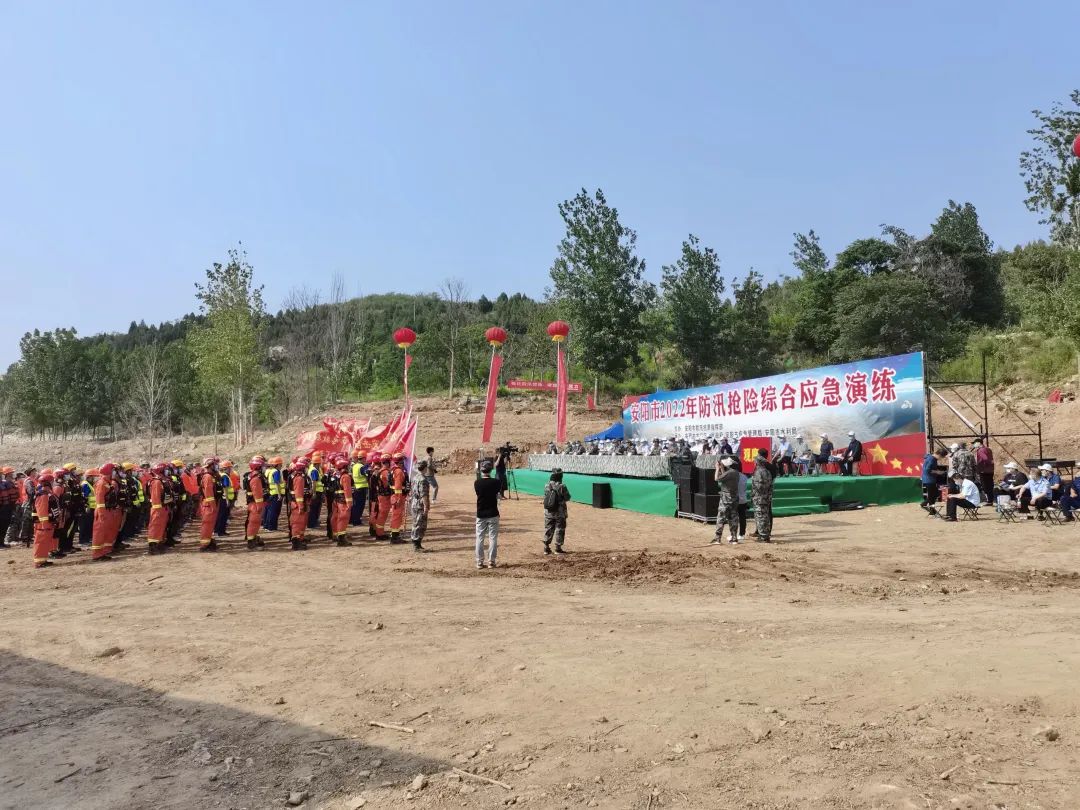
This drill was conducted against the backdrop of actual flood rescue and disaster relief operations, primarily focusing on procedures for reporting incidents after the occurrence of hazards, the evacuation and relocation of affected populations, levee inspection and hazard identification, emergency communication support, and emergency response to wind and wave disasters, among other key tasks.
This drill will use the UAVs of Honeycomb Aerospace, combined with China Unicom's 5G technology, and apply them to emergency flood prevention work in various scenarios.
The HC-342 multi-rotor UAV of Honeycomb Aerospace, carrying China Unicom's emergency cable, conducts cross-river cable laying work. It can not only access the 5G network in real time and fly to areas that people cannot reach to check the disaster situation, but also carry 10 kilograms of relief supplies for delivery. It can transport the communication cable to the designated location and automatically drop it. Using a UAV to haul the cable can accelerate the restoration of communication for the ground base stations in the disaster-stricken area.
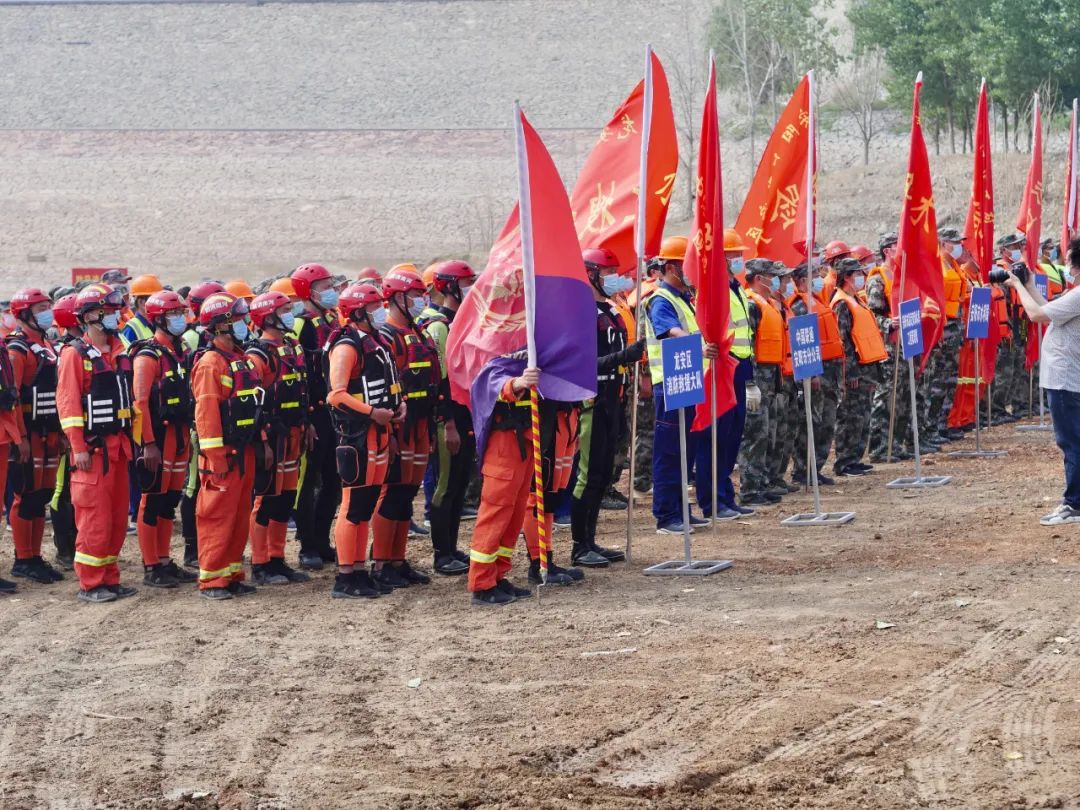
In disaster scenarios where personnel cannot reach the affected area, drones, controlled by ground operators, can capture aerial and water surface footage, scan the conditions along the waterfront, and provide a clear overview of the water area. The real-time transmission of high-altitude monitoring footage to the command center ensures efficient coordination and offers a brand-new solution for initiating emergency rescue operations at the earliest possible moment.
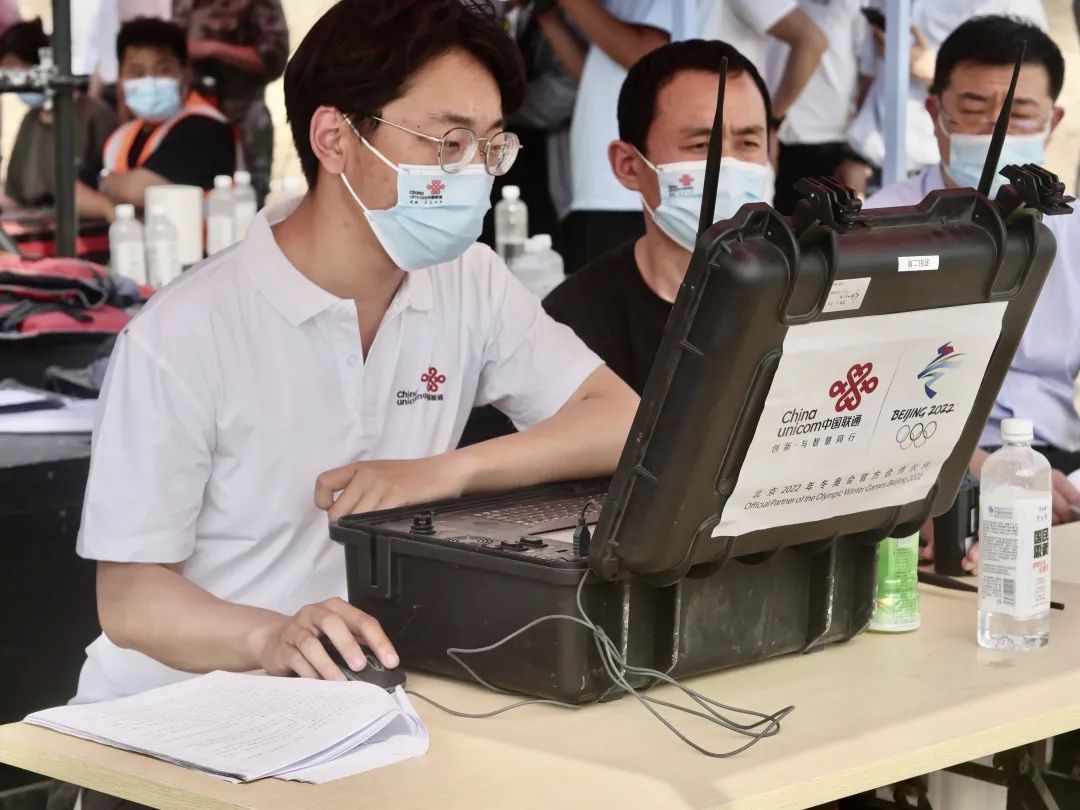
When communication base stations are affected by disasters and unable to function, the HC-540 UAV, featuring high payload and long endurance, is launched as an airborne platform. It is equipped with wireless base station equipment and transmitting antennas, and can quickly ascend to the sky to replace the ground-based fixed base stations. It can cover an area of 300 square kilometers, support the simultaneous access of 10,000 users, and rapidly restore 4G/5G mobile communication in the disaster-stricken area. The HC-540 UAV enables real - time scheduling and efficient command, fully demonstrating the practical - combat support capabilities of the airborne unmanned communication platform. It also solves the practical problems where, in extreme situations of road blockages, power outages, and network disruptions, rescue forces cannot enter and information cannot be transmitted.
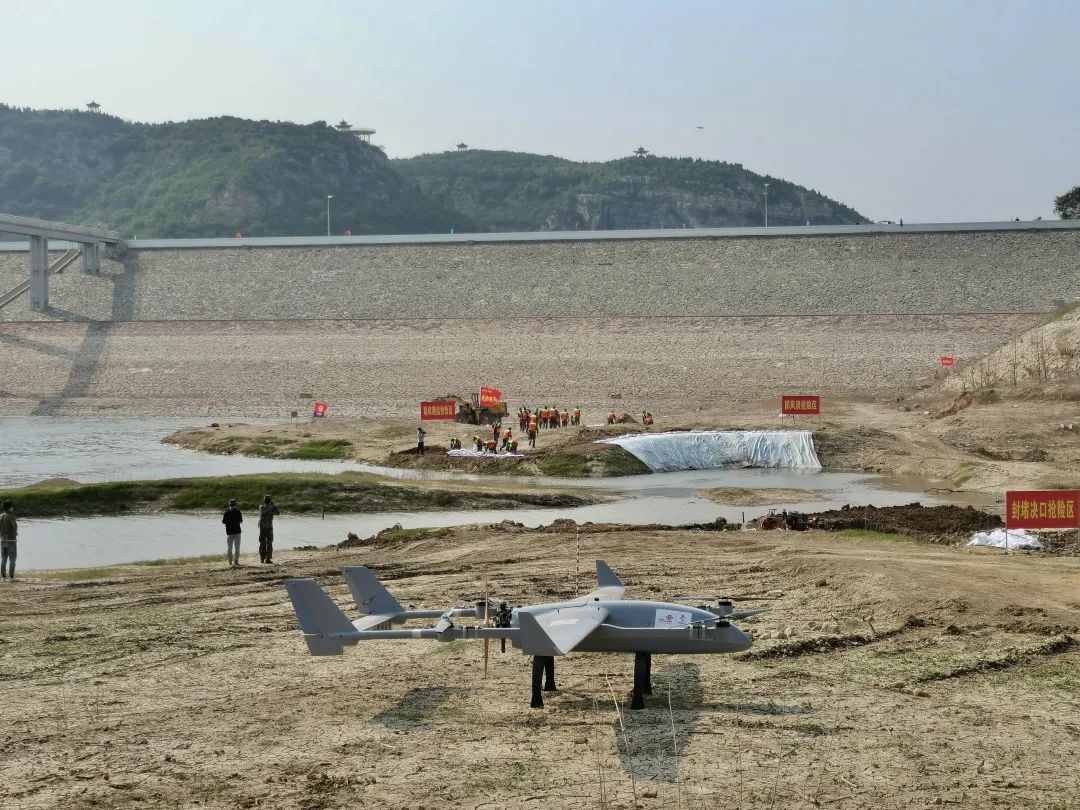
HC-540 is a large fixed-wing UAV with vertical take-off and landing capabilities newly developed by Honeycomb Aerospace. It adopts an oil-electric hybrid power system, with a payload of 30 kg and a maximum endurance of 8 hours. It can carry different mission loads to complete routine inspection, 2D/3D aerial photogrammetry, and special equipment transportation tasks. The platform has full autonomous flight capability and can carry missile launching equipment to accurately track and strike targets. The fuselage is molded from carbon fiber and foam sandwich, featuring light weight and high strength. The wings and tails are both detachable.
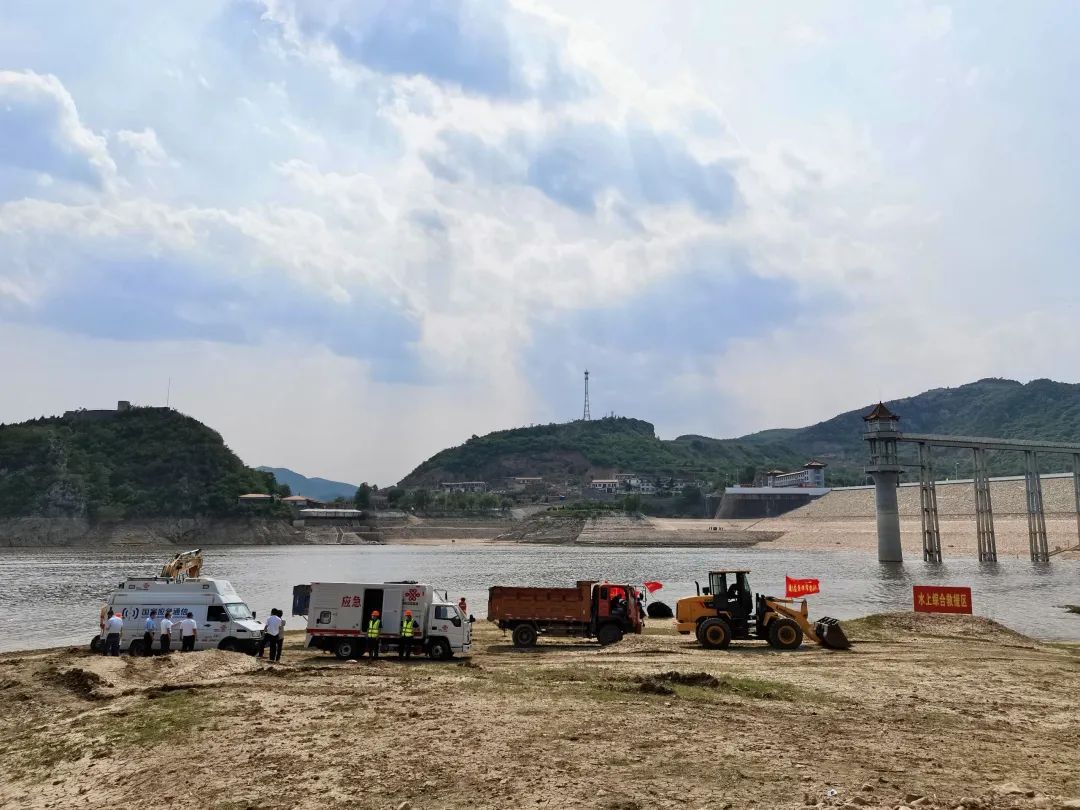
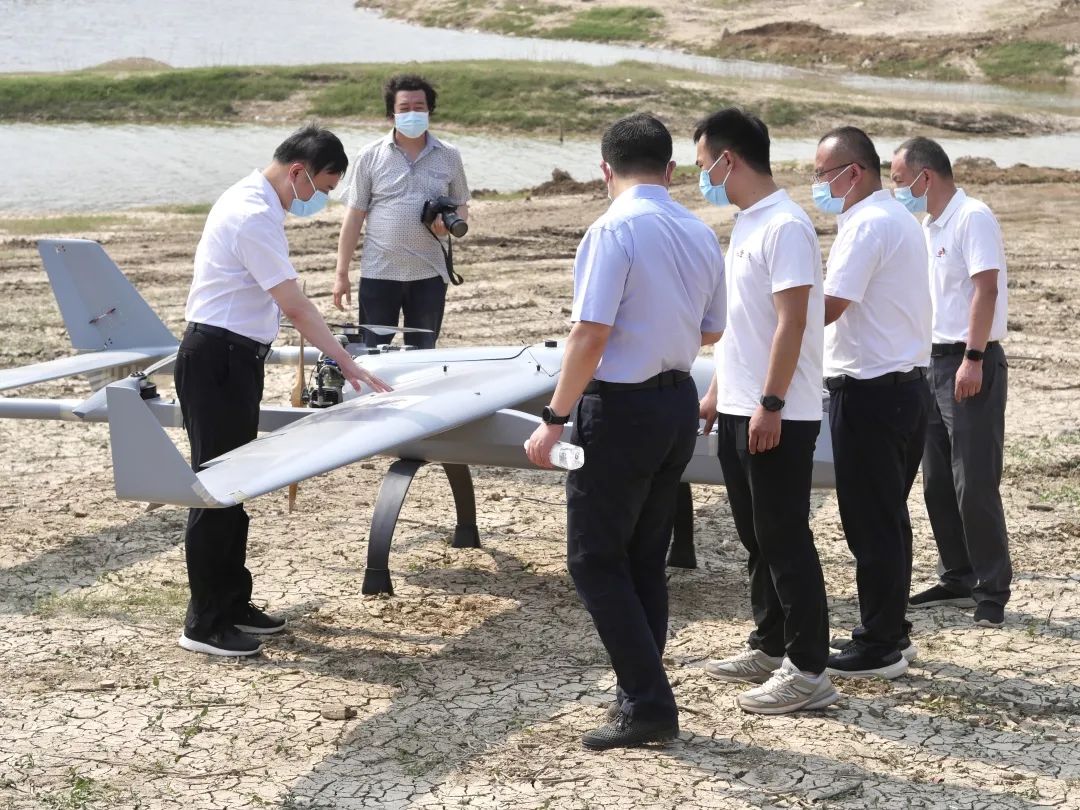
With the Honeycomb UAV, based on the two-dimensional ortho model, the electronic battle map can be made to help the commanders and fighters deploy the emergency rescue forces reasonably. Based on the three-dimensional real scene model, the Honeycomb UAV can also predict the flood impact direction, identify vulnerable areas, calculate the water level difference between the inside and outside of the dike, carry out inundation analysis, and assist in risk assessment and evacuation route marking.
The supporting software of Honeycomb UAV has the function of data analysis, can carry out online measurement, including linear distance, area, earthwork volume, etc. Through this series of functions, it can help the firefighters measure the affected area of the disaster area, measure the span of the breach, etc., and assist in disaster assessment and planning the path for personnel search and rescue.
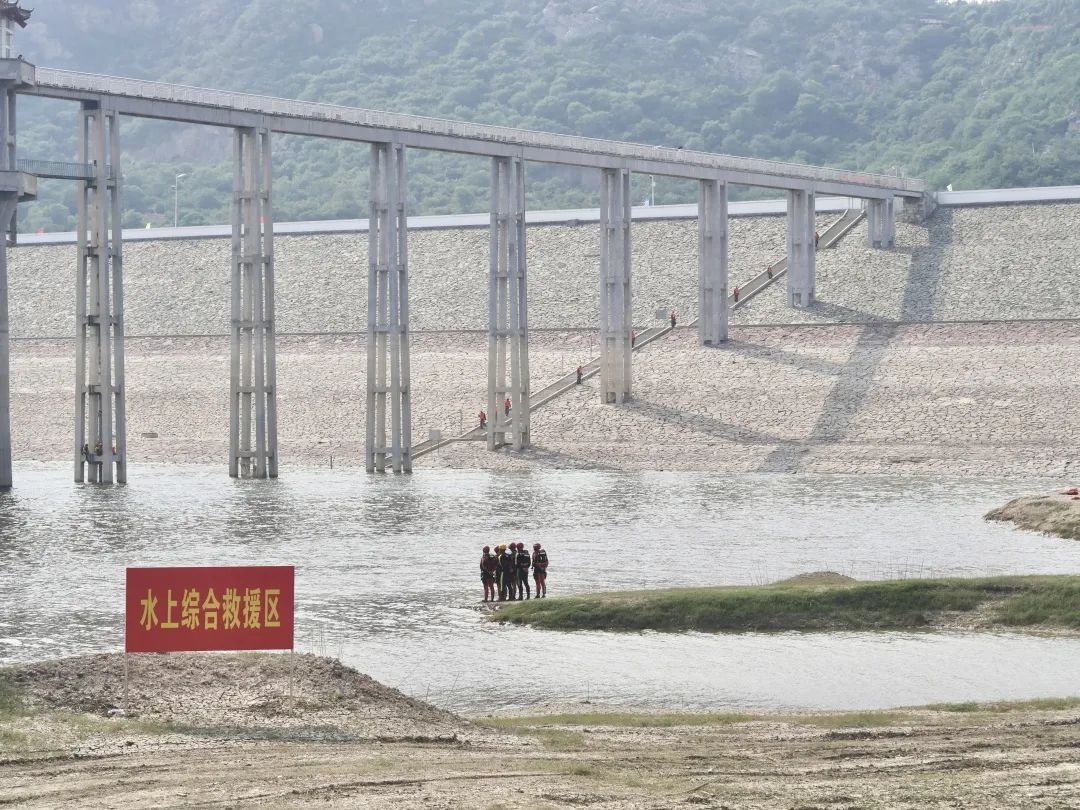
The leaders who observed the drill activities fully affirmed the emergency drills of Honeycomb Aerospace UAVs, such as high - altitude inspection, equipment delivery, cable - laying across the river, and communication support. In the future field of emergency rescue, Honeycomb UAVs will play a more extensive and in - depth role and contribute scientific and technological strength to protecting the safety of people's lives and property and safeguarding the peace of a region.